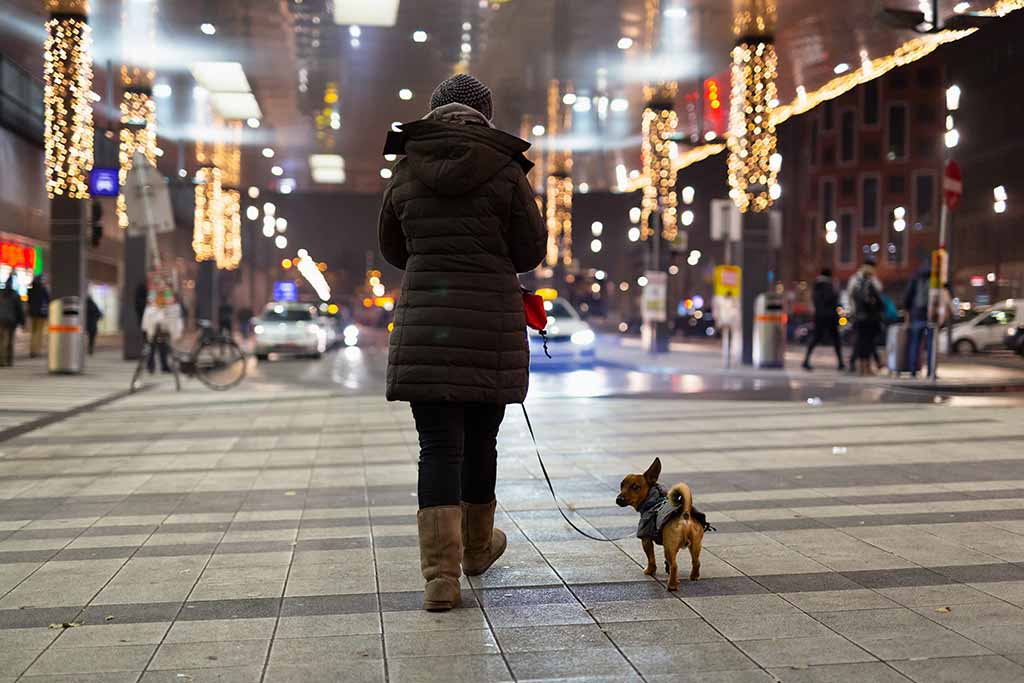Understanding The Proper Fit For A Dog Collar
A dog collar is required for all dogs, mostly to contain their ID and rabies tag, but also to attach their leash. Some collars perform many functions and have a unique fit. Choosing the correct sort of collar for your dog will make training and other activities easier and more fun for both you and your dog. Read on to learn how to find the proper fit for a dog collar.
Average Collar Sizes
Choose a collar that is snug around the neck but not too tight. The "two-finger rule" is a typical method for determining if a collar fits properly. To test this, slide your middle and pointer fingers between your dog's neck and the collar. If your fingers go comfortably under the collar but feel snug, the collar is an excellent fit.
Which Collar Is Right?
There are many different sorts of dog collars to pick from, each serving a distinct function. Training collars, such as the head collar and Martingale collar, are particularly intended to provide effective control. A slip collar, which is one of the most often used collars, is a type of collar that comes with a strap and leash to secure the dog.
Head Collar
Head collars, also known as head halters, are a type of neck control collar that is used as an alternative to neck control collars such as the Martingale collar. The head collar works by exerting pressure behind the dog's neck and around his muzzle to motivate him to respond appropriately. A dog's head collar is a few inches wider than a dog's collar. For a suitable fit, this style of collar is created with a strap that attaches to the head.
Martingale Collar
The Martingale dog collar is designed specifically for big dogs. It should not be too tight since the roughness of the collar would be uncomfortable. It is equipped with a secondary loop that is fastened to the rear of the collar. When strain is applied to this loop, the collar tightens, keeping your dog secure and comfortable.
Flat Collar
Flat collars are popular because they may be formal or casual. They are typically made of leather or cloth and are used to contain vaccination and identification tags. These are not intended for control during training and may cause damage if the dog pulls. A harness, which aids with overall body control, is advised.
Safety Stretch Collars
This collar features an elastic portion or strap that allows for some give while under strain but will stretch open if too much pressure is exerted if a dog becomes entangled in a branch or fence, allowing the dog to securely release itself.
Breakaway Collars
This style of collar is a strangulation hazard and a reason for concern, since strangulation incidents caused by collars are fairly prevalent, happening largely at home, generally in the backyard away from supervision. It is similar to buckle collars, except that it also features a buckle or strap on the collar that will break if enough power is applied to it.


